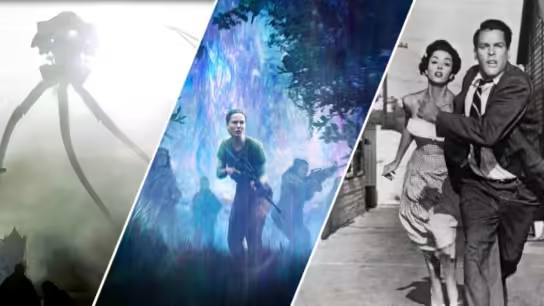In the realm of modern cinema, the evolution of technology has continually reshaped how audiences experience movies. One significant advancement that has captured the imagination of viewers worldwide is 3D filmmaking. Unlike traditional two-dimensional movies, 3D films create an immersive visual experience that adds depth and realism to the storytelling. This article delves into the fascinating world of 3D movies, exploring their history, technology, impact on filmmaking, and audience reception.
Evolution of 3D Technology
The concept of three-dimensional imagery in films dates back to the early 20th century, with various experimental efforts to create depth perception using stereoscopic techniques. However, it was not until the 1950s that 3D movies gained mainstream attention with the release of films like “House of Wax” and “Creature from the Black Lagoon.” These films used polarized glasses to separate two images projected onto the screen, creating the illusion of depth.
Modern 3D Filmmaking Techniques
Today, 3D movies utilize advanced digital technology to achieve stunning visual effects. Digital 3D cinema typically involves filming with specially designed stereoscopic camera rigs that capture two slightly offset images simultaneously, mimicking human binocular vision. These images are then projected onto the screen in sync, requiring audiences to wear polarized or active shutter glasses to perceive the depth.
Impact on Filmmaking
The advent of 3D technology has revolutionized filmmaking in several ways:
- Visual Spectacle: 3D enhances the visual appeal of movies, making action sequences more immersive and lifelike. Directors can create scenes that seem to leap off the screen, heightening the audience’s emotional engagement.
- Creative Expression: Filmmakers now have a new dimension to explore storytelling. 3D technology allows for innovative cinematography and visual metaphors that were previously impossible in traditional 2D formats.
- Market Appeal: 3D movies often command higher ticket prices, providing an economic incentive for studios to invest in 3D production. This financial motivation has led to an increase in the number of 3D releases across various genres.
Audience Reception and Criticism
While 3D movies offer a unique viewing experience, they are not without criticism. Some common concerns include:
- Quality Variability: Not all 3D movies are created equal; the effectiveness of the technology can vary depending on factors like production quality and theater equipment.
- Health Issues: Prolonged exposure to 3D effects can cause discomfort or headaches for some viewers, leading to divided opinions on its long-term viability.
Despite these challenges, 3D technology continues to evolve, with ongoing research aimed at improving both visual quality and viewer comfort.
Future Trends
Looking ahead, the future of 3D movies seems poised for further innovation. Emerging technologies like virtual reality (VR) and augmented reality (AR) are pushing the boundaries of immersive storytelling, offering new possibilities for filmmakers and audiences alike.
In conclusion, 3D movies represent a significant milestone in the evolution of cinema, blending technological innovation with artistic expression. As filmmakers continue to harness its potential, audiences can expect to be continually amazed by the depth and realism that 3D movies bring to the silver screen.
Whether you’re a casual moviegoer or a dedicated cinephile, the world of 3D movies offers a captivating journey into the future of visual storytelling.





